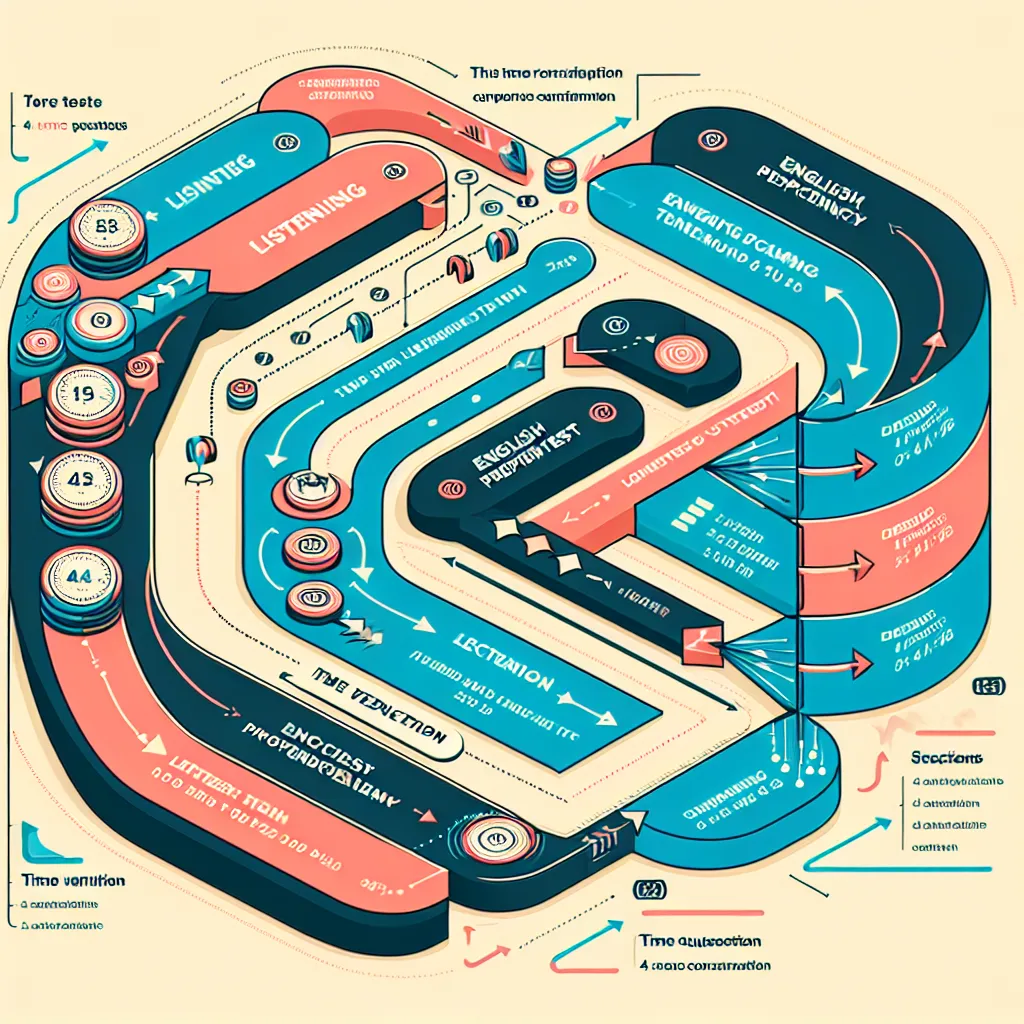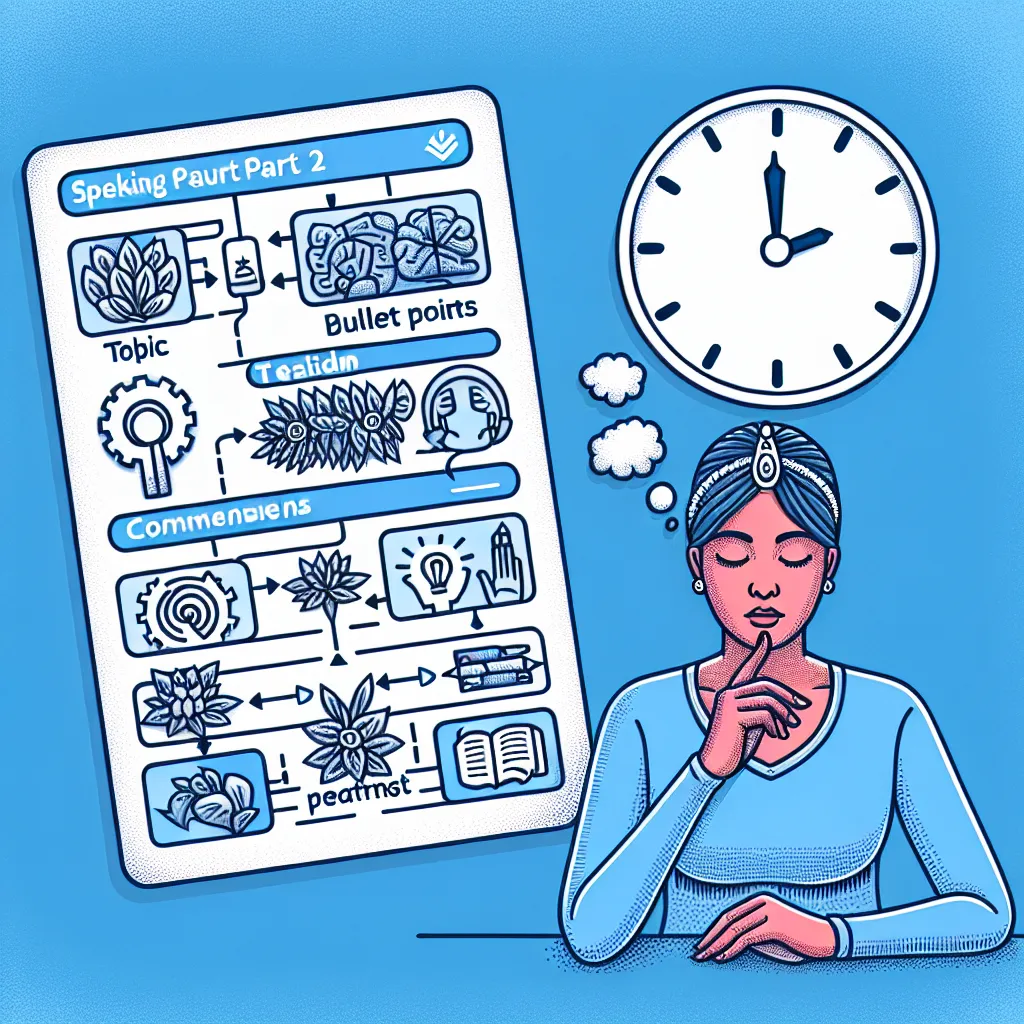The IELTS (International English Language Testing System) exam is a crucial step for many individuals seeking to study, work, or migrate to English-speaking countries. Understanding the structure of this test is essential for effective preparation. In this comprehensive guide, we’ll explore the question: “How Many Sections Are In The IELTS Exam?” and provide you with valuable insights to help you succeed.
Overview of IELTS Exam Structure
The IELTS exam consists of four main sections, each designed to assess a different aspect of your English language proficiency. These sections are:
- Listening
- Reading
- Writing
- Speaking
Let’s delve into each section to understand their format, duration, and what they aim to evaluate.
 IELTS Exam Sections
IELTS Exam Sections
1. Listening Section
The Listening section is the first part of the IELTS exam and is identical for both Academic and General Training modules.
- Duration: Approximately 30 minutes (plus 10 minutes for transferring answers)
- Format: 40 questions divided into four parts
- Content: Includes conversations and monologues on various topics
This section assesses your ability to understand spoken English in different contexts, from everyday conversations to academic discussions.
2. Reading Section
The Reading section differs slightly between the Academic and General Training modules.
- Duration: 60 minutes
- Format: 40 questions divided into three parts
- Content:
- Academic: Three long texts from books, journals, or newspapers
- General Training: Extracts from books, magazines, newspapers, and work-related documents
This section evaluates your ability to read and understand written English, including comprehension, inference, and identifying writers’ views.
3. Writing Section
The Writing section also varies between Academic and General Training modules.
- Duration: 60 minutes
- Format: Two tasks
- Content:
- Academic: Task 1 involves describing visual information (graph, table, chart, or diagram), Task 2 is an essay
- General Training: Task 1 is a letter, Task 2 is an essay
This section assesses your ability to write clear, well-structured English texts for different purposes.
4. Speaking Section
The Speaking section is the same for both Academic and General Training modules.
- Duration: 11-14 minutes
- Format: Face-to-face interview with an examiner, divided into three parts
- Content: General questions, speaking on a given topic, and a two-way discussion
This section evaluates your ability to communicate effectively in spoken English across a range of topics.
Key Points to Remember
-
Total Test Duration: The total test time for Listening, Reading, and Writing sections is 2 hours and 45 minutes. The Speaking test is conducted separately, often on a different day.
-
Order of Sections: Listening, Reading, and Writing sections are always taken in this order and without breaks in between. The Speaking section can be scheduled up to a week before or after the other sections.
-
Academic vs. General Training: While Listening and Speaking sections are identical for both versions, Reading and Writing sections differ in content and difficulty level.
-
Scoring: Each section is scored on a band scale from 0 to 9, with the overall score being an average of the four section scores.
 IELTS Test Preparation
IELTS Test Preparation
Tips for Preparing for Each Section
-
Listening:
- Practice with a variety of English accents
- Improve note-taking skills
- Listen to English podcasts and radio programs
-
Reading:
- Read widely in English (newspapers, academic journals, novels)
- Practice timed reading exercises
- Focus on improving your vocabulary
-
Writing:
- Practice writing essays and letters regularly
- Learn to analyze graphs and charts (for Academic module)
- Improve your grammar and sentence structure
-
Speaking:
- Practice speaking English daily
- Record yourself and analyze your pronunciation
- Prepare for common IELTS speaking topics
Common Challenges and How to Overcome Them
-
Time Management: Practice under timed conditions to improve your speed and efficiency.
-
Vocabulary: Build your vocabulary by learning new words in context and using them in your practice.
-
Nerves: Familiarize yourself with the test format and practice regularly to boost your confidence.
-
Inconsistent Performance: Focus on improving your weakest areas while maintaining your strengths.
Conclusion
Understanding “How many sections are in the IELTS exam?” is just the beginning of your preparation journey. Each of the four sections – Listening, Reading, Writing, and Speaking – plays a crucial role in assessing your English language proficiency. By familiarizing yourself with the format and requirements of each section, and following a structured preparation plan, you can significantly improve your chances of achieving your desired IELTS score.
Remember, consistent practice and exposure to English in various contexts are key to success in the IELTS exam. Good luck with your preparation!
[internal_links]
- IELTS Listening Section: Tips and Strategies
- Mastering the IELTS Reading Section
- IELTS Writing: Improving Your Score in Task 1 and Task 2
- Speaking Confidently in Your IELTS Interview
- Time Management Techniques for IELTS Success
[/internal_links]




